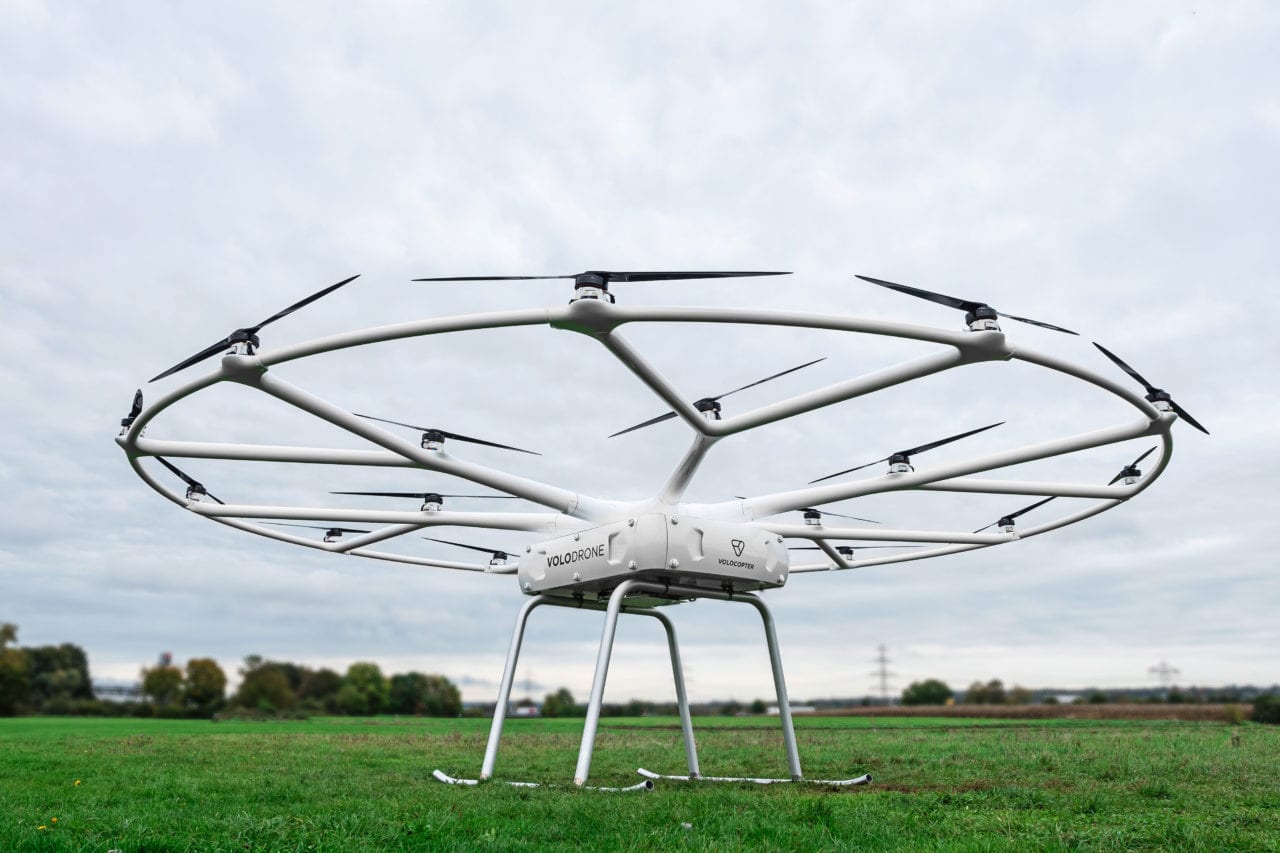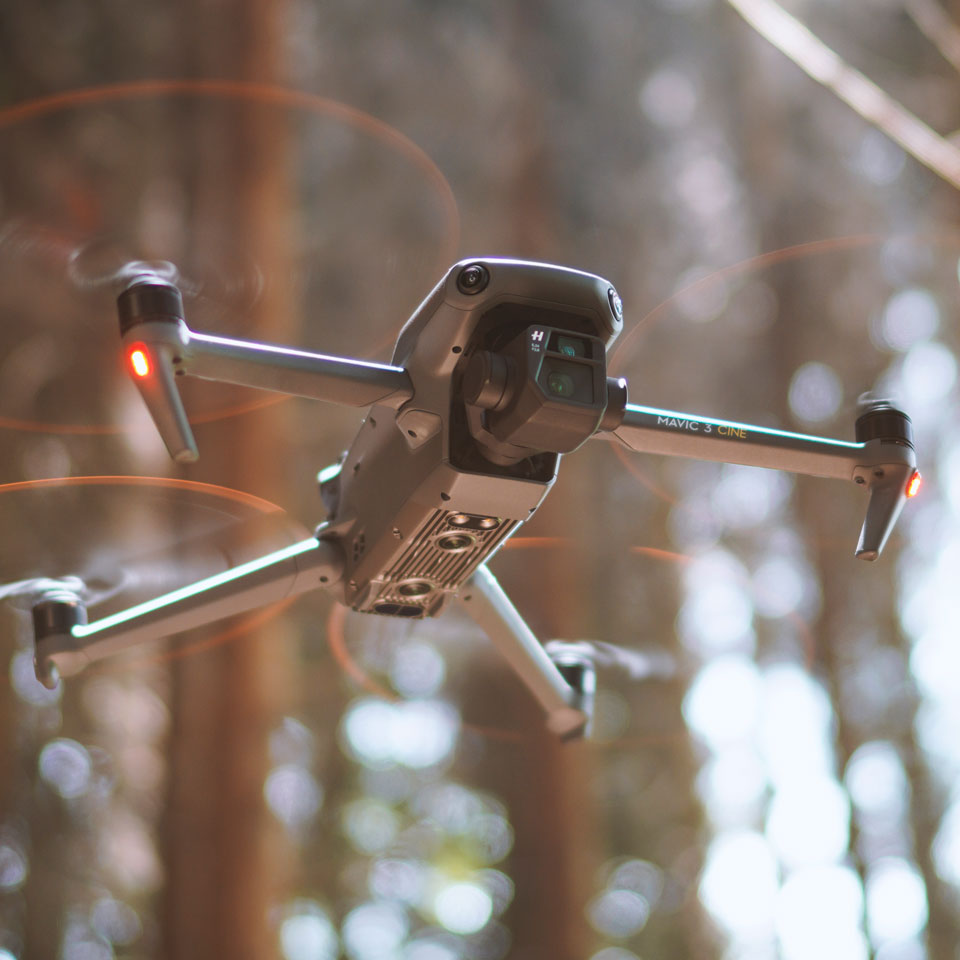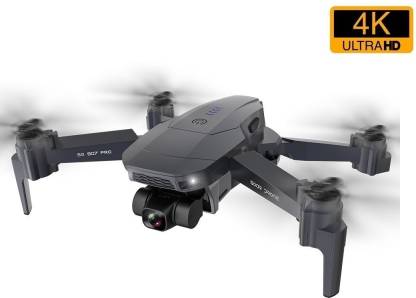
Do you want to pursue a career in drone photography, filmmaking or construction? Here are some drone jobs for you. A classroom teacher needs to be knowledgeable about drones and other latest technologies. For professionals, it is possible to get certified in aerial photography. Then, you can progress to engineering and construction. These other drone jobs are also available if you don't want to be involved in those fields.
Aerial photography
Photographers who fly helicopters or aircraft to take aerial photos. Gyrostabilizers can be used to reduce camera shake and improve image quality. While formal academic training is not necessary, aerial photographers will need to be familiar with specific photo-editing software and equipment. Some aerial photographers are also familiar with working with film cameras. You can work as an aerial photographer if you are interested in taking pictures for the entertainment sector.
Filmmaking
Understanding the legalities and requirements of filmmaking is essential before you take up a job. You may have different regulations for drone flying depending on the area. These regulations can vary greatly from the height at which a drone may be flown, to rules regarding passing near public transportation and no-fly areas. It is also important to invest in a quality drone with a camera, flight options, and accessories.

Enforcement
Law enforcement agencies have the potential to deploy autonomous UAVs to provide data in real time to assist with incident response, thanks to advances in unmanned aerial vehicle technology. Protective base stations can be set up to monitor the surroundings and serve as a backup. The technology makes it easier for law enforcement agencies to respond to crime and to do this more efficiently. Here are some drone jobs in law enforcement. Drones are not permanent, but can be used to augment the existing law enforcement force.
Construction & engineering
Construction has already been revolutionized by drones. With drones, construction project managers can map the site every week. These aerial robots are capable of producing accurate maps, enabling them to track development and safety inspections in real time. Drones are capable of creating 2D and 3-D models of construction sites in order to spot potential issues before they happen. Drones have been a key part of many engineering and construction jobs.
Conservation
Drones have the potential to make conservation work easier, but the question is, "What are the best uses of drone technology in conservation work?" Scientists can use drones to take images and collect data from hard-to-reach areas. Drones are able to catch poachers, and also stop illegal logging. Because they take photos with geo-referenced information, they are particularly useful for detecting illegal activity. Drones can also send images to image-recognition algorithms.

FAQ
Can I fly my drone in my local park?"
Yes, drones are allowed to fly in parks across the globe. Safety concerns mean that not all countries allow drones to be flown in parks. Check out our list of places where you can legally fly drones for fun.
Can I fly my drone indoors
Yes, you can fly your drone indoors. Your home should be free from obstacles and hazards. For instance, avoid flying near windows and doors, heating vents, heating units, air conditioning units, electrical outlets or water pipes.
How can I keep drones from my home?
Drones are becoming more popular for home security and surveillance. You can prevent drone attacks by installing motion sensors around your home and using them to detect any unauthorised flying objects.
A drone can spy on you.
Yes, anyone can use a drone to spy on you. The only way to protect yourself from drones is to be aware of them and avoid areas where they may fly. Do not hesitate to call 911 if a drone is seen flying.
Does the FAA regulate drones
The FAA oversees all aspects regarding drone operations, including safety standards and certification requirements.
What laws govern flying drones in the United States?
The Federal Aviation Administration (FAA), regulates drone operations in the United States. To operate a drone commercially, you must first get a certificate from the FAA. After that, you must pass an exam and complete a course to learn piloting skills. Finally, you must pay a fee to the agency.
Statistics
- According to ZipRecruiter, the minimum hourly wage of drone pilots is $20. (thedroneu.com)
- According to the multiple listing service (MLS), houses and apartments with drone photographs are up to 68 percent more likely to sell than those without pictures. (thedroneu.com)
- According to Indeed, a drone pilot gets paid $25.73 per hour on average in the US. (dronesgator.com)
External Links
How To
How to Fly Drones with Beginners
A drone is an unmanned aerial vehicle that can be remotely controlled and used for surveillance, aerial photography, film production, research, and other hobby purposes. Drone technology has existed since World War II. DJI's Phantom series of quadcopters was the first to be commercially used. Since then, there have been many different types of drones available, from beginner-friendly models like the Parrot AR Drone 2.0 to professional-grade multi-rotor craft like the DJI Mavic Pro.
There are many ways to fly a drone.
-
Remote control: This uses a remote control device that attaches to your hand and allows you control the drone along its flight path. There are two main types: Joysticks (like a radio), and On/Off switches (like an alarm clock).
-
Manual Control - This method uses a smartphone app to remotely control the drone using GPS coordinates. You must keep track of the location where you want the drone to go and follow the instructions from the app.
-
Autonomous Flight - This method involves leaving the piloting duties to the drone itself. It allows the drone to fly independently without any human intervention. For the autonomous flight to occur, the drone must have a built-in camera and sensors capable of capturing images and data.
-
Triggered Flight – This method is very similar to manual flight. The pilot creates a route that the drone will follow until it reaches the destination. After the preprogrammed route is complete, the drone will automatically land and return to its base.
-
Landing Gear – Some drones are equipped with landing gear, which allows them to safely land if they lose power during flight.
-
Goggles-Some pilots use goggles to protect their eyes from debris during operations.
-
Camera - Some drones are equipped with cameras allowing you to capture photos and videos from above.
-
Obstacles – Some drones have obstacle avoidance systems that stop them from colliding with obstacles.
-
Speed – Some drones can reach speeds in excess of 40 mph.
-
Battery Life - Most drones can last between 20 minutes to 3 hours, depending on how much power you're using.
-
Some drones have a range of up to 30 miles, depending on their model.
-
Power source: Some drones will require an external power source while others can be powered by internal batteries.
-
Weight - Some drones can be as light as 1 pound while others can reach 4 pounds.
-
Size - Drones can range in size from tiny devices that can fit in your palm to heavy crafts that weigh 50 pounds.
-
Price – All drones fall into a price category. These range from expensive models that cost thousands to affordable options that start at 100 dollars.